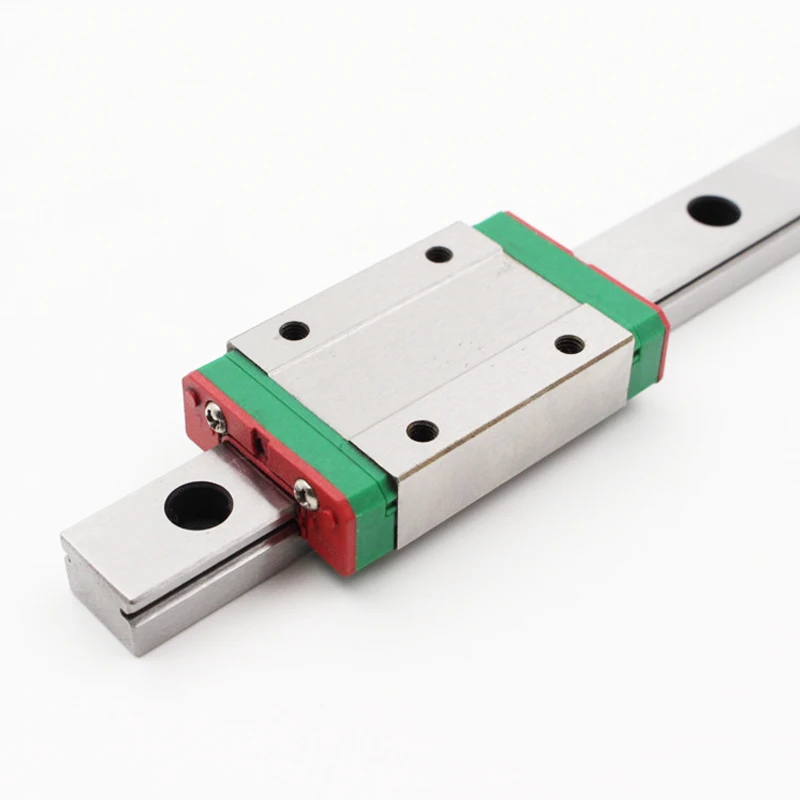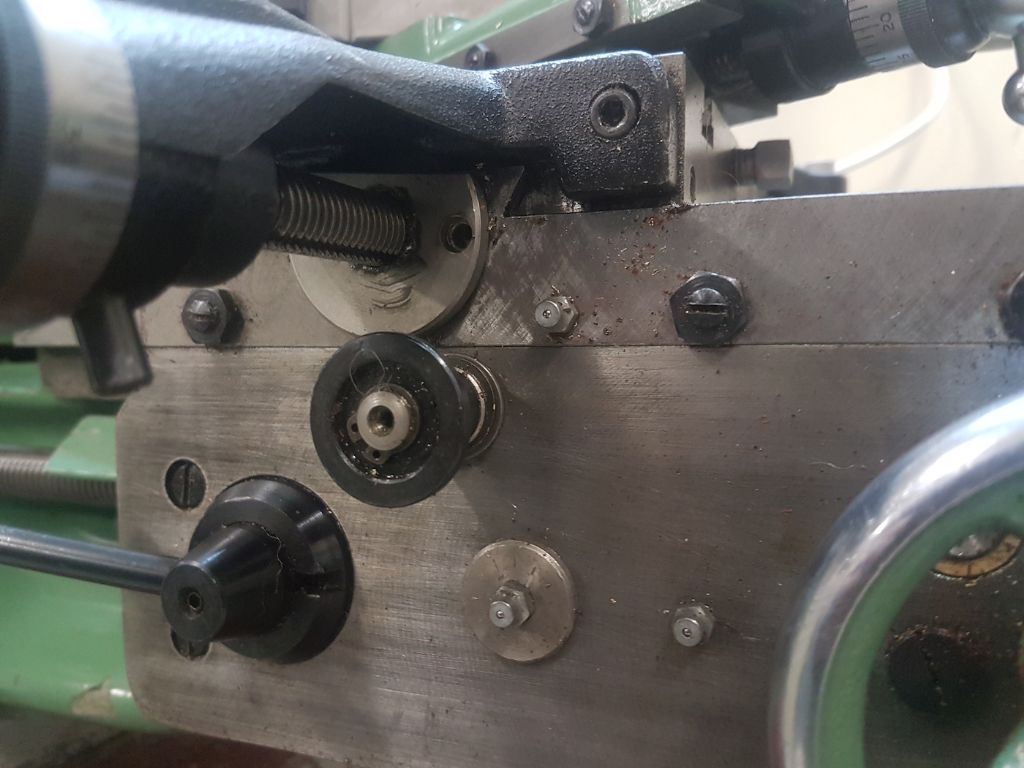Could do a lot worse than copying the layout of my Smart and Brown 1024 taper turner. This uses an accurately finished 2" wide by 7/8" thick rectangular steel bar as the guide with a hefty U shape steel slider running on it. S & B make a nice machining job of the slider and fit a taper gib to set the clearances just so. For home shop version the slider can be seriously simplified by making it a decently hefty flat plate (1/2" thick perhaps?) with four ordinary ball bearings fitted on suitable pins to run along the guide bar. Two each side. Make the pins on one side eccentric so the bearings can be set just right against the guide bar. I'd probably push the boat out and use self aligning bearings producing a unit essentially impervious to small tilt errors.
Bind free operational tilt tolerance of any constrained linear guideway system is pretty much an absolute value. So if two guide systems have to run together the further apart they are and the longer the travel the more accurate you have to be. Typically the fixed to the back of the bed taper turning units have travels from around 8 to 24 inches horizontally. If you have vertical constraint on the guideway it needs to be co-linear with the bed to better than the tilt tolerance over the travel distance. Not something to get involved with from choice. Especially as the bracket is usually L shaped with two sets of alignments inches apart and in different planes getting in on the act.
Hopper
Nice link but absolutely not one to copy.
It is a "simplification" of the one SouthBend used on the Heavy 10 and promises to be a complete and utter pain in the butt to get aligned and working properly. Even the factory fit SouthBend version requires patience, understanding, cold towels, aspirin, a locked shop door with a barbed wire not disturb for anything sign if you are to get it working really well. Mine had been set-up to the previous owners idea of nice (!) whilst proudly showing off how many "you won't believe anyone could get things wrong this way" skills he had mastered. Had several hour or two goes at sorting it in situ ending up at sort of OK standard but eventually bowed to the inevitable, took it off and spent an afternoon getting it right, dead right. As with so many set-up things first time is a nightmare but once you have done three or four and got the method dialled in you start wondering what all the fuss was about.
As ever you don't realise how poor sort of OK is until you encounter just right. Once sorted it could routinely produce tapers that were straight and true with barely a flicker of a tenths thou indicator and a surface finish of good grinder standard. At sort of OK standard a decent morse was just about possible but you really had to baby it and operate it just right or a few tenths hollow or crown somewhere along it was certain.
About the only decent thing about that layout is that the two bar type sliding bearings are very closely coupled so its pretty much immune to tilt error induced binding if made to decent standard.
Clive.
Edited By Clive Foster on 16/08/2017 14:18:08
Edited By Clive Foster on 16/08/2017 17:08:33
Tim Stevens.







